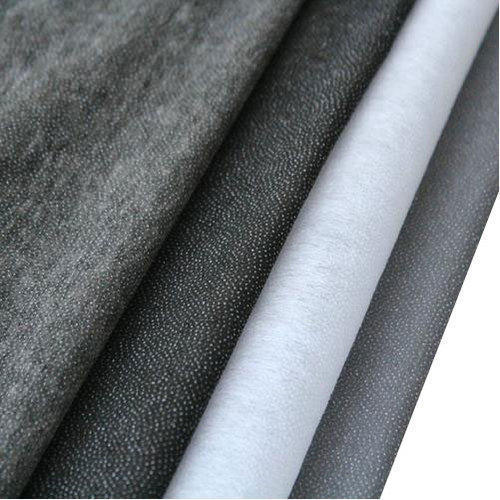Woven and non-woven interlining are two types of fabrics that are commonly used in garment construction. Although they share some similarities, they also have several key differences that make them suitable for different types of garments. In this article, we will explore the differences between woven and non-woven interlining, and why choosing the right type of interlining is crucial for the success of your project.
Woven Interlining A Durable and Structured Option
Woven interlining is made by weaving natural or synthetic fibers together to create a stable and durable fabric. This type of interlining is commonly used in tailored garments such as jackets, coats, and suits, as it provides structure and support to the garment. Woven interlining comes in a range of weights, from lightweight to heavy, and can be made from various fibers, including cotton, silk, wool, and polyester.
One of the benefits of using woven interlining is its ability to hold its shape and provide support to the garment. It also adds durability and longevity to the garment, as it can withstand wear and tear. However, woven interlining can add weight to the garment, which may not be suitable for lighter-weight fabrics or garments.
Non-Woven Interlining A Soft and Lightweight Option
Non-woven interlining is made by bonding synthetic fibers together to create a stable fabric. This type of interlining is commonly used in lightweight garments such as blouses, dresses, and skirts, as it provides a soft and flexible texture to the garment. Non-woven interlining comes in a range of weights, from very lightweight to medium, and can be made from various synthetic fibers, including polyester, nylon, and rayon.
One of the benefits of using non-woven interlining is its soft and flexible texture, which can complement lighter-weight fabrics and garments. It is also lightweight, which can be ideal for creating a garment that flows and moves with the body. However, non-woven interlining may not provide the same level of structure and support as woven interlining, which may not be suitable for tailored garments or those that require more shape.
Choosing the Right Interlining for Your Project
When it comes to choosing the right interlining for your project, there are several factors to consider. The weight of the interlining, the type of fabric you are using, and the desired structure and texture of the garment all play a role in determining the best type of interlining for your needs.
If you are making a tailored garment that requires structure and support, such as a jacket or coat, woven interlining may be the better choice. If you are making a lightweight garment that requires flexibility and softness, such as a blouse or dress, non-woven interlining may be the better choice.
In conclusion, understanding the differences between woven and non-woven interlining can help you choose the right type of interlining for your project. By considering the weight of the interlining, the type of fabric you are using, and the desired structure and texture of the garment, you can create a beautiful and functional garment that will stand the test of time.


Leave a Reply